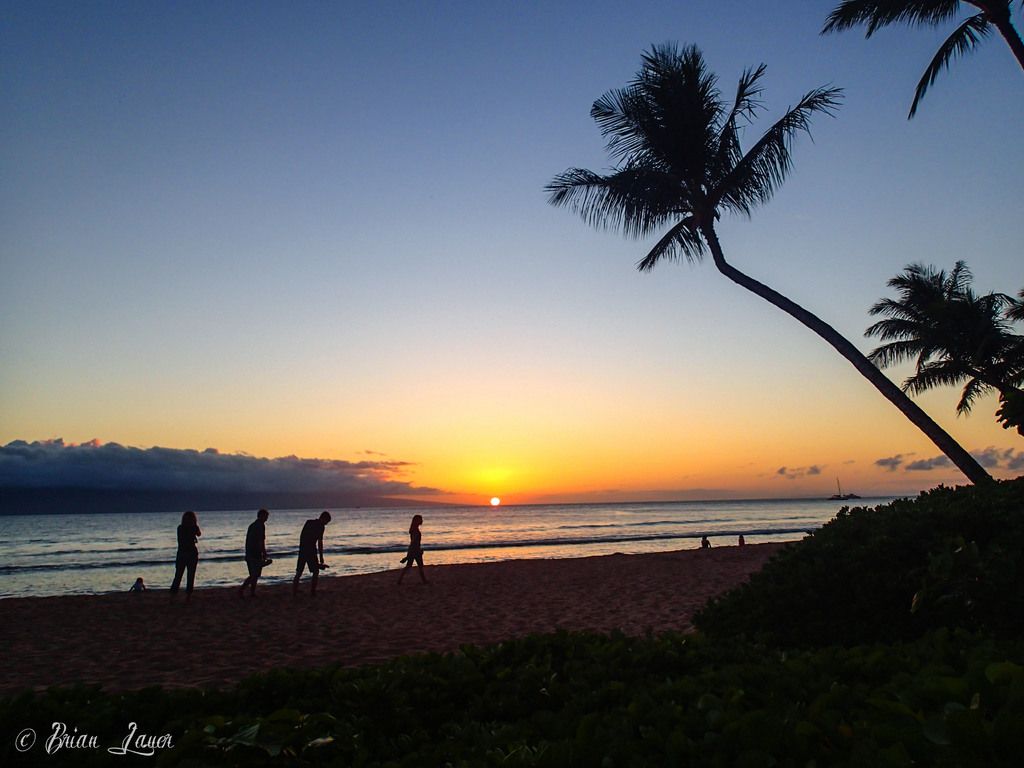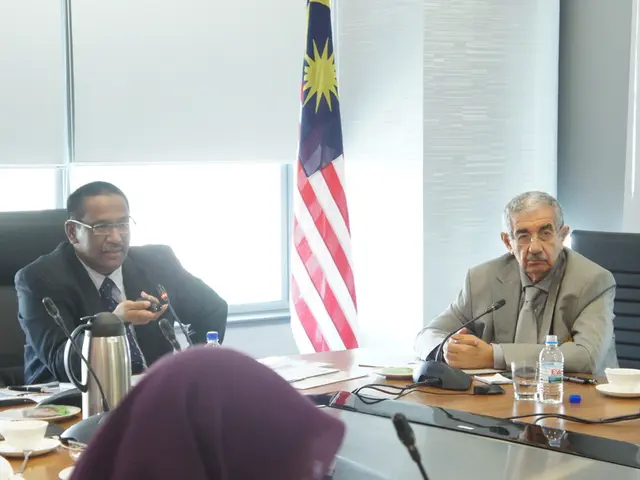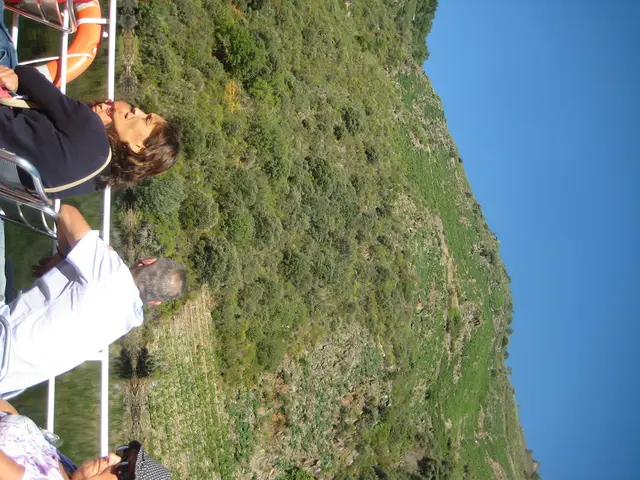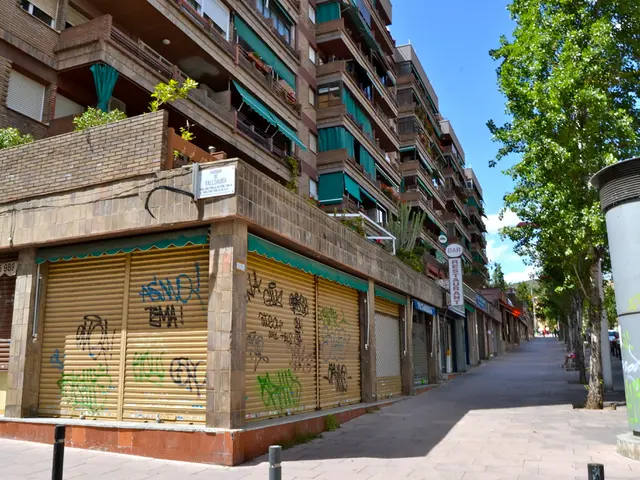Stricter governance imminent for marine protected area in Phu Quoc
Fishing, Fun, and Conservation: Phú Quốc Marine Protected Area's Balancing Act
Welcome to Phú Quốc island in Kiên Giang Province, Vietnam, where the vibrant ocean meets sustainable development. This marine paradise boasts a sprawling Marine Protected Area (MPA) covering over 40,909 hectares of mesmerizing waters teeming with diverse marine life.
The MPA's rich biodiversity plays host to a cast of characters from the surface to the seabed. Here, you'll find the playful dolphins, the mysterious dugongs, and the energetic sea turtles, cohabiting with a host of rare and valuable seafood species, such as seahorses and crabs. What's more, the area's extensive seagrass beds provide a haven for these fascinating creatures while safeguarding the environment as well.
But it's not just about the wildlife. The MPA also attracts tourists with unique experiences like diving amongst the coral reefs and night squid fishing, alongside opportunities to explore the wilderness. These endeavors help bolster the local economy while ensuring minimal disruption to the ecosystem.
To ensure the MPA's continued flourishing, the province has put in place a variety of conservation measures, including stricter regulations on fishing. Monitoring and controlling fishing activities is essential to prevent overfishing and destructive practices that could deplete marine resources.
Of course, conservation doesn't happen in a vacuum. Public awareness and education play a pivotal role in promoting responsible attitudes towards the marine environment and fostering a sense of community responsibility. Environmental education programs are being implemented to spread knowledge and inspire action.
But Phú Quốc isn't just about protecting the past. The MPA also supports scientific research and monitoring, taking advantage of advancements in science and technology to monitor the health of marine ecosystems and employ sustainable practices. International cooperation is encouraged to pool resources and strengthen conservation efforts.
Going a step further, the MPA's management considers the impact on terrestrial ecosystems, addressing concerns like pollution, marine litter, and coastal erosion. Additionally, climate resilience and disaster management initiatives are in place to respond to environmental incidents, natural disasters, and the effects of climate change.
In a nutshell, Phú Quốc MPA is a beacon of sustainability, balancing the pursuit of economic growth with the preservation of marine and coastal ecosystems. This mission underpins Vietnam’s National Strategy on Biodiversity to 2030 and even extends beyond to 2050, aiming to drive sustainable marine economic development while enhancing the livelihoods of local communities.
To strike a balance between conservation and development, Kiên Giang Province has adopted several measures, including monitoring and regulating fishing. -VNA/VNS Photo Dương Giang
- Beyond wildlife and tourism, the Phú Quốc Marine Protected Area (MPA) supports scientific research and monitoring, leveraging advancements in AI and data-and-cloud-computing.
- The local economy thrives from the MPA's attractions, but businesses are encouraged to implement sustainable practices in their food-and-drink services and lifestyle offerings.
- Climate change poses a significant threat to the MPA, necessitating the implementation of climate resilience and disaster management initiatives.
- As part of the National Strategy on Biodiversity, the MPA strives for sustainable marine economic development while enhancing the livelihoods of local communities, aligning with global-cuisines and personal-finance goals.
- The MPA's conservation measures extend to home-and-garden areas, addressing concerns like pollution, marine litter, and coastal erosion.
- To ensure the MPA's long-term sustainability, wealth-management and financial strategies are being developed, incorporating real-estate investments and budget-travel opportunities.
- In addition to environmental education, skill-training programs are launched to foster personal-growth and career-development, emphasizing mindfulness and productivity.
- The MPA's specialized research projects focus on environmental-science, including climate-change, sustainable-living, and technology applications.
- Recognizing the importance of lifelong-learning, opportunities for online-education and self-development are being fostered to expand the knowledge of the local community and attract visitors interested in education-and-self-development.
- The MPA's commitment to culture and regional identity is evident in its preservation initiatives, such as traditional car-maintenance techniques and local sports like basketball, WNBA, and sports-betting.
- Stewardship of the MPA involves ongoing data collection and analysis, requiring state-of-the-art infrastructure, technology, and data-and-cloud-computing solutions in support of science.
- As part of the MPA's efforts to maintain biodiversity, endangered species like sea turtles and dugongs are being protected and cultivated through research and regeneration programs.
- By prioritizing environmental awareness, the MPA hopes to inspire personal-growth and ignite a passion for sustainability in future generations, instilling values of care for the ocean and earth.
- The MPA's collaboration with non-governmental organizations and international partners aids in knowledge exchange, fundraising, and expertise in responsible practices, aligning with the goals of sustainable-living and technology innovation.
- To support marine life conservation and education, funding is raised through innovative investment opportunities in investing, wealth-management, and job-search platforms, catering to the interests of environmentally-conscious individuals.
- In response to climate change and the increasing popularity of electric vehicles, the MPA promotes clean transportation alternatives, such as shared bicycles and electric cars, within its borders.
- Emphasizing the importance of community involvement, the MPA's volunteers and rangers work tirelessly to monitor and protect the area, fostering a sense of community responsibility and adventure-travel opportunities.
- The MPA's focus on research and sustainable practices extends to improving car-maintenance techniques and employing energy-efficient solutions, emphasizing the need for environmentally-friendly technologies and conservation.
- The MPA's success in balancing conservation and development serves as a model for other marine protected areas and demonstrates the potential for sustainable global-cuisines, personal-finance, and lifestyle options.
- As part of the MPA's commitment to environmental conservation, stricter fishing regulations are implemented to prevent overfishing and destructive practices, fostering a steady supply of local seafood for restaurants and home-cooking enthusiasts alike.
- The MPA's collaboration with the NCAABasketball and NBA encourages players to join conservation efforts, emphasizing the impact of sports celebrities on environmental awareness and cultural values.
- The MPA's efforts to combat overfishing and destructive practices extend to analyzing and managing data on fishing fleets and aquatic species populations, promoting responsible data management and protection.
- The MPA's international cooperation extends to collaborating with various countries, such as the United States, Japan, and Germany, to pool resources and strengthen conservation efforts through technology, research, and international aid.
- By preserving biodiversity, the MPA helps maintain a healthy ocean ecosystem and promotes resilience in the face of climate change, ensuring the continuation of unique experiences like diving, night squid fishing, and exploration for future generations.






